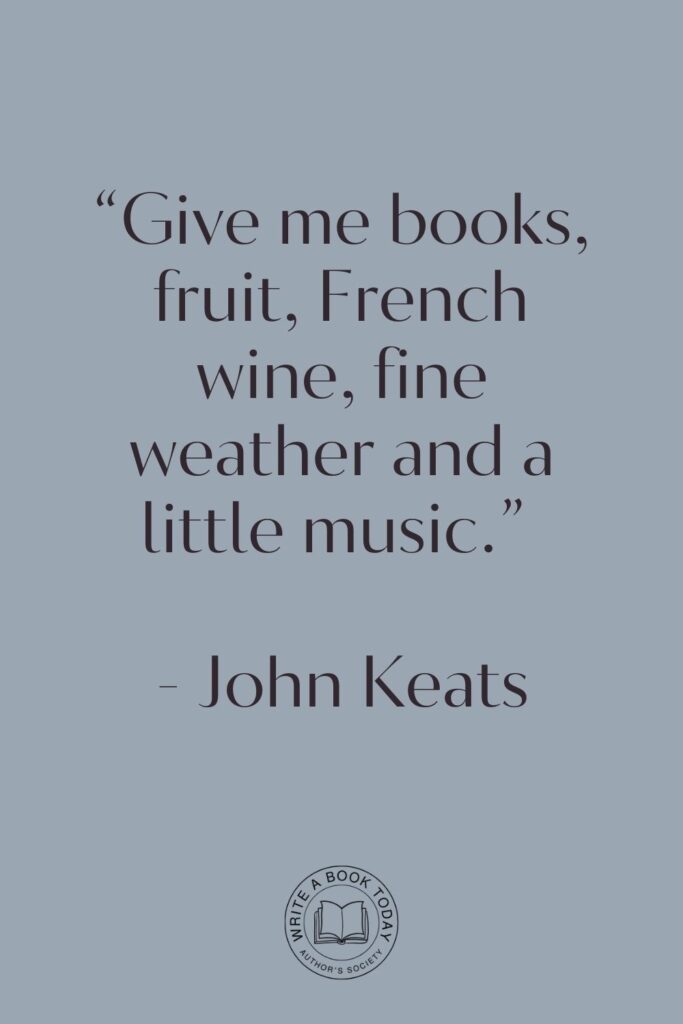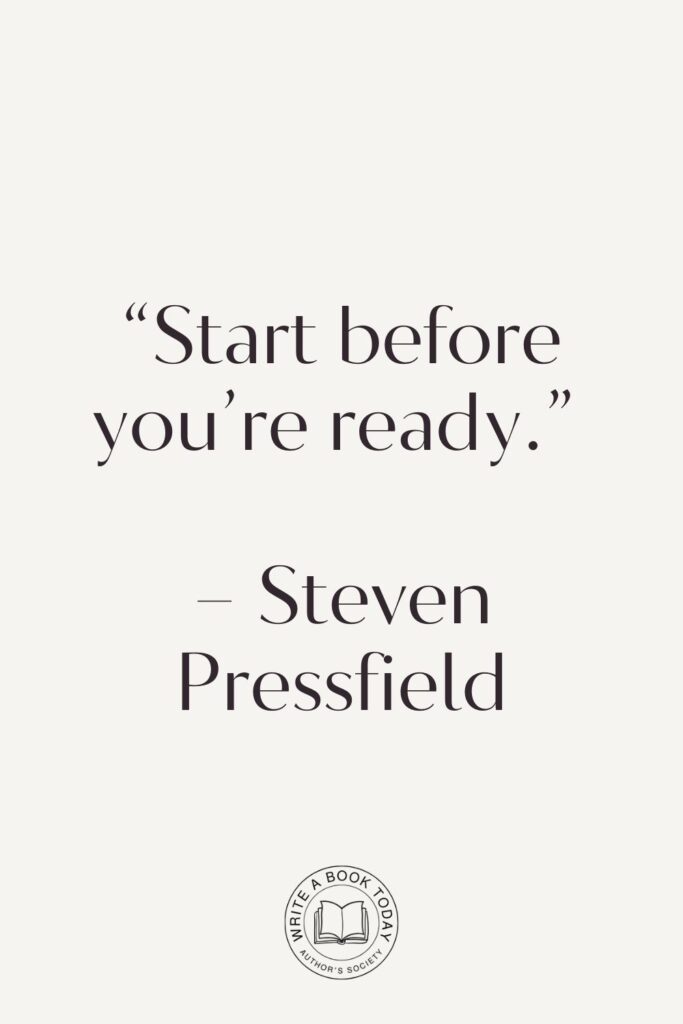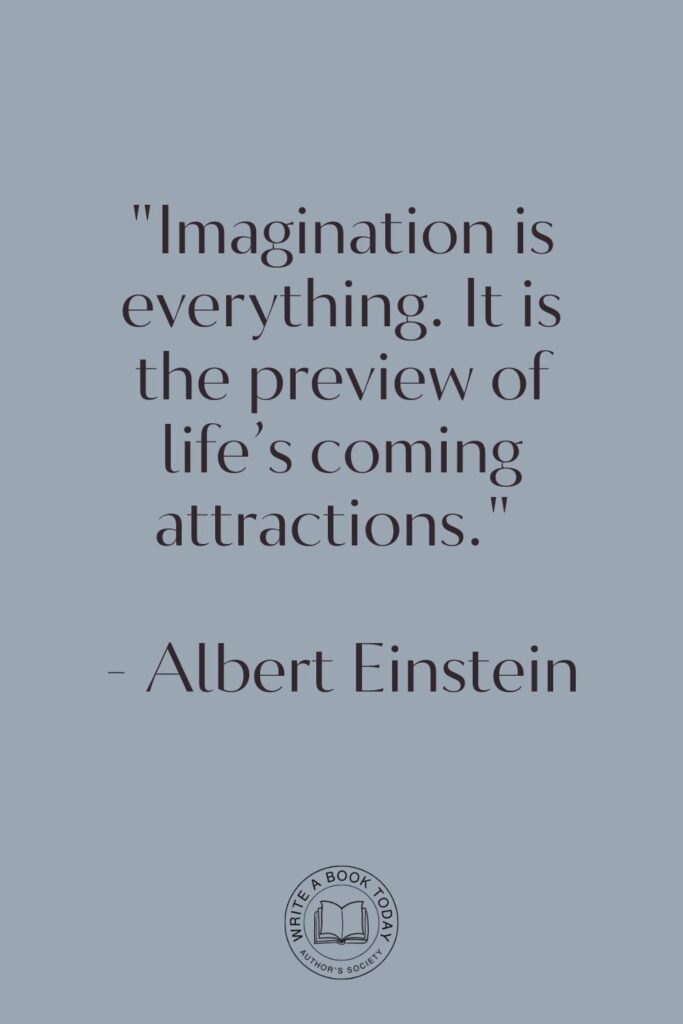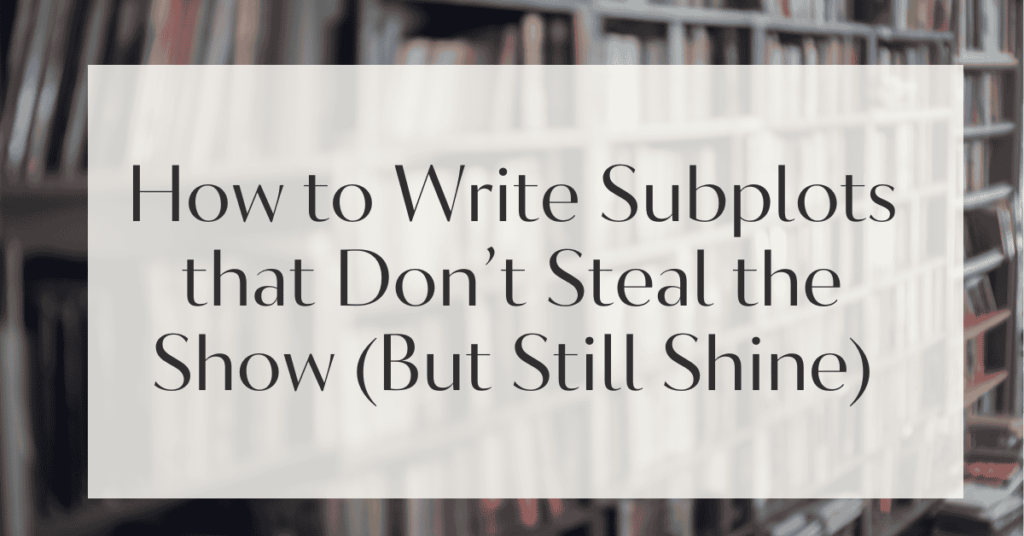Have you ever wondered why some stories resonate deeply while others fade into oblivion?
The secret often lies not just in the main plot but in the artful weaving of subplots.
These narrative threads can be the unsung heroes of storytelling, adding layers of complexity and depth that keep readers enthralled.
But how do you ensure your subplots don’t overshadow your main story?
Let’s explore the delicate dance of crafting subplots that shine without stealing the spotlight.
Understanding Subplots in Storytelling
Subplots are the vibrant threads woven into the fabric of a narrative, offering a tapestry of intrigue and depth.
They are the secondary plotlines that run parallel to the main storyline, enhancing the overall narrative by adding layers of complexity and richness.
In the realm of storytelling, subplots serve as the seasoning that brings out the full flavor of the main dish, ensuring that each bite is a delightful surprise.
Google Docs is for notes. Scrivener is for novels. Upgrade your writing game and try it for free today!

What is a Subplot?
A subplot is a secondary storyline that complements the main plot, running alongside it like a gentle stream beside a roaring river.
These narratives often focus on supporting characters or explore themes that mirror or contrast with the central storyline.
A well-crafted subplot can reveal hidden facets of characters, introduce new conflicts, or highlight different perspectives, enriching the narrative tapestry.
For example, in J.K. Rowling’s Harry Potter series, the subplot of Ron and Hermione’s evolving relationship adds emotional depth and complexity to the overarching battle between good and evil.
The Role of Subplots in Narrative Depth
Subplots play a crucial role in adding narrative depth to a story. They provide additional layers of meaning, allowing readers to explore different facets of the narrative universe.
By introducing secondary conflicts and character arcs, subplots enrich the main storyline, offering a more nuanced and multifaceted experience.
In Shakespeare’s Romeo and Juliet, the feud between the Montagues and Capulets serves as a powerful subplot that intensifies the central love story, adding tension and complexity.
Consider using subplots to explore themes that resonate with the main plot.
This can add depth and richness to your story, creating a more immersive experience for readers.

Types of Subplots: Exploring Variations
Just as a painter uses different colors to create a masterpiece, a writer employs various types of subplots to add texture and depth to their narrative.
Understanding these variations can help you craft subplots that enhance your story without overshadowing it.
Mirror and Contrasting Subplots
Mirror subplots reflect the main plot, offering a parallel storyline that highlights similar themes or conflicts.
They can serve as a powerful tool for reinforcing the central message of the story.
For instance, in The Great Gatsby, the subplot of Tom Buchanan’s affair with Myrtle Wilson mirrors the main plot’s exploration of love and betrayal.
Contrasting subplots, on the other hand, present a different perspective or outcome, providing a counterpoint to the main plot.
These subplots can add tension and intrigue by showcasing alternative paths or decisions.
In George R.R. Martin’s A Song of Ice and Fire, the contrasting subplots of different characters’ quests for power highlight the complexities of ambition and morality.
Complicating and Romantic Subplots
Complicating subplots introduce additional obstacles or conflicts that challenge the main characters, raising the stakes and adding suspense.
These subplots can heighten tension and drive the narrative forward, keeping readers on the edge of their seats.
In Arthur Conan Doyle’s Sherlock Holmes stories, the subplot of Holmes’ rivalry with Moriarty adds an extra layer of complexity to the detective’s investigations.
Romantic subplots, meanwhile, explore the dynamics of love and relationships, adding emotional depth and resonance to the main plot.
These subplots can provide moments of tenderness and vulnerability, enriching the narrative with heartfelt connections.
In Jane Austen’s Pride and Prejudice, the romantic subplot between Elizabeth Bennet and Mr. Darcy offers a captivating exploration of love and societal expectations.
When crafting subplots, consider how they can complement or contrast with the main plot.
This interplay can create a more dynamic and engaging narrative experience.

Crafting Effective Subplots
Creating subplots that enhance your story requires careful planning and execution.
By setting clear objectives and crafting a compelling narrative arc, you can ensure that your subplots add value without detracting from the main plot.
Setting Clear Objectives for Your Subplot
Before diving into the writing process, it’s essential to define the purpose of your subplot. Ask yourself what role it will play in the larger narrative.
Will it reveal new facets of a character, introduce a secondary conflict, or explore a theme that complements the main plot?
By setting clear objectives, you can ensure that your subplot serves a meaningful purpose and contributes to the overall story.
Consider using a table to outline the objectives and key elements of your subplot:
| Objective | Key Elements |
|---|---|
| Character Development | Reveal hidden traits or motivations |
| Conflict Introduction | Introduce a secondary challenge |
| Thematic Exploration | Explore a related theme |
Creating a Narrative Arc for Subplots
Just like the main plot, a subplot should have a clear narrative arc with a beginning, middle, and end.
This arc provides structure and ensures that the subplot has its own internal logic and progression.
Consider how the subplot will unfold, what key events will drive it forward, and how it will ultimately resolve.
By crafting a compelling narrative arc, you can create a subplot that captivates readers and adds depth to your story.
Ensure that your subplot has a clear narrative arc with a beginning, middle, and end.
This structure will help maintain reader engagement and ensure a satisfying resolution.
Feeling lost with your debut novel?
Fiverr Pro connects you with expert editors, designers, and marketers – everything you need to get your book ready for success!

Integrating Subplots with the Main Plot
The seamless integration of subplots with the main plot is essential for maintaining narrative coherence and balance.
By carefully considering the timing and placement of subplots, you can ensure that they enhance rather than overshadow the main storyline.
Maintaining Balance: Ensuring Subplots Don’t Overwhelm
One of the key challenges in writing subplots is maintaining balance. It’s important to ensure that your subplots complement the main plot without overpowering it.
Consider how much page time each subplot will receive and how it will interact with the main storyline.
By keeping subplots concise and focused, you can prevent them from overshadowing the primary narrative.

Timing and Placement of Subplots
The timing and placement of subplots can significantly impact their effectiveness.
Introduce subplots at strategic points in the narrative to enhance pacing and tension.
Consider how subplots can be woven into the main plot, creating a cohesive and engaging reading experience.
By carefully planning the timing and placement of subplots, you can ensure that they contribute meaningfully to the overall story.
Character Development through Subplots
Subplots offer a unique opportunity to delve deeper into character development, revealing hidden facets and motivations that enrich the main narrative.
By using subplots to enhance main characters and reveal backstories, you can create a more immersive and engaging story.
Enhancing Main Characters via Subplots
Subplots can provide valuable insights into the main characters, revealing hidden traits and motivations that might not be apparent in the main plot.
By exploring different aspects of a character’s personality or relationships, subplots can add depth and complexity to their development.
In Charles Dickens’ Bleak House, the subplot of Esther Summerson’s search for her identity enriches her character arc and adds emotional depth to the narrative.
Revealing Backstories and Context
Subplots can also be used to reveal important backstories or context that enhances the main plot.
By providing additional information about a character’s past or the world they inhabit, subplots can deepen readers’ understanding and engagement with the story.
In Harper Lee’s To Kill a Mockingbird, the subplot of Boo Radley’s mysterious presence offers insights into the town’s history and prejudices, adding layers of meaning to the main narrative.
Use subplots to reveal important backstories or context that enriches the main plot.
This can add depth and complexity to your narrative, creating a more immersive reading experience.
Building Tension and Conflict
Subplots can be powerful tools for building tension and conflict within a story.
By introducing secondary challenges and foreshadowing future events, subplots can heighten suspense and keep readers engaged.
Using Subplots to Raise Stakes
Subplots can introduce new challenges or obstacles that raise the stakes for the main characters.
By adding layers of conflict, subplots can create a sense of urgency and tension that propels the narrative forward.
In Agatha Christie’s Murder on the Orient Express, the subplot of each passenger’s potential motive adds complexity and intrigue to the central mystery.

Foreshadowing through Subplots
Subplots can also be used to foreshadow future events, planting seeds of anticipation and curiosity in the reader’s mind.
By hinting at upcoming developments, subplots can create a sense of suspense and intrigue that keeps readers turning the pages.
In George Orwell’s 1984, the subplot of Winston’s forbidden romance foreshadows the oppressive nature of the regime, adding layers of tension to the narrative.
Crafting Memorable Resolutions
The resolution of a subplot is a crucial moment that can leave a lasting impact on the overall story.
By tying up loose ends and creating a satisfying conclusion, you can ensure that your subplots contribute meaningfully to the narrative.
No marketing platform? No social following? No problem!
Publisher Rocket helps you market your debut novel like a pro.
It’s a gamechanger for debut authors – try it today!


Tying Up Loose Ends in Subplots
It’s essential to resolve subplots in a way that feels satisfying and coherent with the main plot.
Ensure that all loose ends are tied up and that the subplot’s conclusion aligns with the overall narrative arc.
By providing closure, you can create a sense of completion and fulfillment for readers.
Leaving a Lasting Impact on the Main Story
The resolution of a subplot can also have a significant impact on the main story, influencing character development or thematic exploration.
Consider how the subplot’s conclusion can resonate with the main plot, adding layers of meaning and depth.
In F. Scott Fitzgerald’s The Great Gatsby, the resolution of Gatsby’s romantic subplot with Daisy underscores the novel’s themes of illusion and disillusionment.
Ensure that your subplot’s resolution aligns with the main plot and leaves a lasting impact.
This can create a more cohesive and satisfying narrative experience for readers.
In conclusion, crafting effective subplots requires a delicate balance of creativity and precision.
By understanding the different types of subplots, setting clear objectives, and integrating them seamlessly with the main plot, you can create a narrative that is rich, complex, and deeply engaging.
So, embrace the art of writing subplots and watch your story come alive with depth and intrigue.








